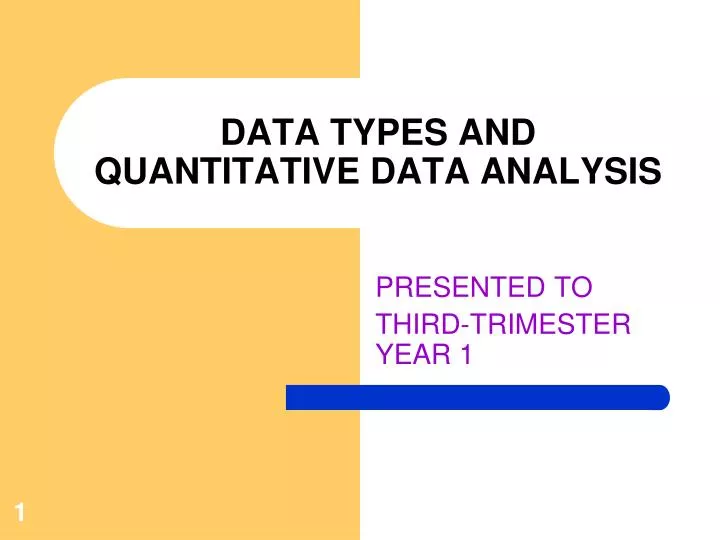
To develop these stochastic models, in this chapter we thus propose an alternative approach through stochastic differential equations. Because most of these models are quite complicated far beyond the scope of the MVK two-stage model, the traditional Markov theory approach becomes too complicated to obtain analytical results. Readership: Mathematicians, statisticians, and computer scientists working in biomedical data mining and analysis, disease modeling, and related applications graduate students in biomathematics and biostatistics and related fields biological and medical researchers.īy surveying recent studies by molecular biologists and cancer geneticists, in this chapter we have proposed general stochastic models of car-cinogenesis and provided biological evidences for these models. Statistical Methodology and Stochastic Modeling.Topics include mathematical models for cancer invasion and clinical sciences, data mining techniques and subset selection in data analysis, survival data analysis and survival models for cancer patients, statistical analysis and neural network techniques for genomic and proteomic data analysis, wavelet and spline applications for mass spectrometry data preprocessing and statistical computing.Ĭhapter 1: An Overview on Variable Selection for Longitudinal Data (200 KB) It offers a definitive resource to bridge the disciplines of mathematics, statistics, and biomedical sciences. This book gives a new and integrated introduction to quantitative medical data analysis from the viewpoint of biomathematicians, biostatisticians, and bioinformaticians.



In addition to traditional statistical techniques and mathematical models using differential equations, new developments with a very broad spectrum of applications, such as wavelets, spline functions, curve and surface subdivisions, sampling, and learning theory, have found their mathematical home in biomedical data analysis. Quantitative biomedical data analysis is a fast-growing interdisciplinary area of applied and computational mathematics, statistics, computer science, and biomedical science, leading to new fields such as bioinformatics, biomathematics, and biostatistics.


 0 kommentar(er)
0 kommentar(er)
